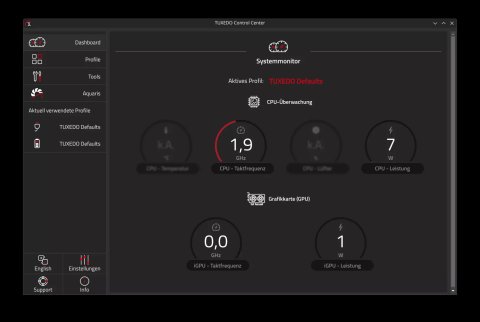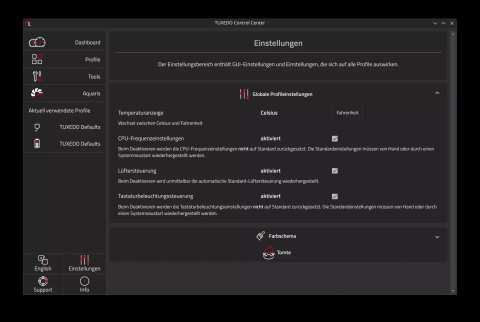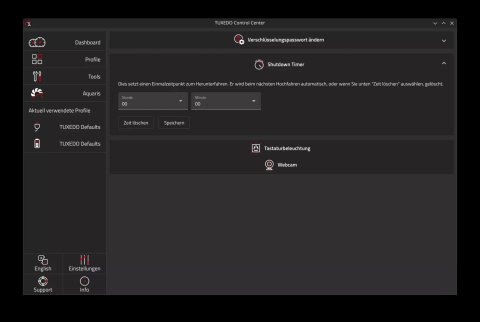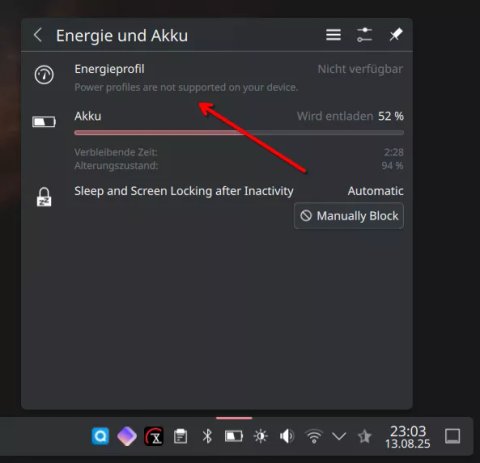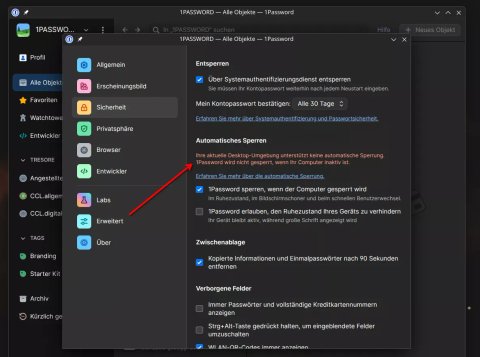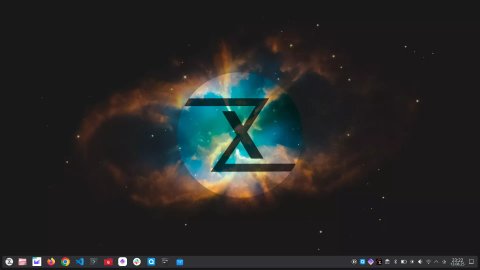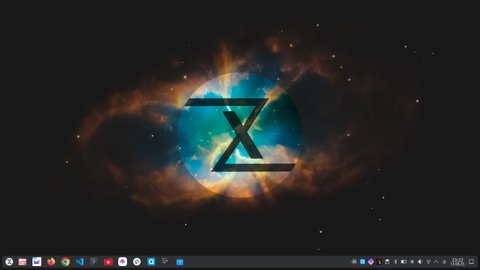I have been a Linux user for years. But for this test, I deliberately took the beginner's perspective. For two months, I used TUXEDO OS on an HP EliteBook as my daily driver.
Installation & Setup
The Calamares installer guides you cleanly through the installation without being overwhelming. Particularly good: You can already choose between X11 and Wayland during the installation – this shows that TUXEDO has both traditional and modern users in mind.
WebFAI System
TUXEDO offers WebFAI, a tool for automated factory installation. This works cross-platform and provides a real safety net:
- Reset the system to factory settings
- Reinstall without data loss
- Practical alternative to complete reinstallations
For beginners, this is worth its weight in gold.
KDE Plasma out-of-the-box
TUXEDO has configured the default settings so that you can be productive immediately.
No hours of adjusting ten settings at once. The system feels modern and responsive without having to tweak it first.
TUXEDO Control Center
This is the killer feature. Not a cosmetic interface, but real hardware integration:
✅ Adjust fan curves
✅ Switch CPU profiles
✅ Control keyboard backlighting
✅ Battery management (charging limit at 80%)
This is real engineering, not just a pretty UI.
A small annoyance: Energy Management
TUXEDO uses its own power management instead of the standard power-profiles-daemon. This leads to a "not supported" warning in the battery widget.
Functionally, everything is fine, but it's confusing for beginners. TUXEDO should improve this.
Update Model
The hybrid release model balances:
- Continuous software updates
- Stable base
- No aggressive rolling release
This is just right for productive systems.
Usability Challenges with KDE
As a long-time GNOME user, I noticed a few integration gaps:
1Password
Does not automatically detect sleep states. You have to unlock it again after waking up.
Virtual Desktops
Empty workspaces are not automatically removed. GNOME does this better.
GPG Key Integration
The integration with the system keyring does not work properly. I had to completely remove GPG key passphrases to work reasonably.
This is a security compromise I had to make.
Conclusion
TUXEDO OS feels like a finished product – curated, technically solid, with a clear focus on everyday usability.
What's good
✅ Installation and setup
✅ TUXEDO Control Center (hardware integration)
✅ Sensible KDE default settings
✅ Low-maintenance and reliable
What could be better
⚠️ Energy management warning confuses beginners
⚠️ KDE integration has gaps (1Password, GPG)
Who is TUXEDO OS for?
You should use TUXEDO OS if:
- You want a reliable, low-maintenance system
- You like KDE Plasma but don't want to tweak it
- You want to buy TUXEDO hardware
You should use something else if:
- You prefer GNOME
- You want a rolling release (then use Arch/Fedora)
- You need maximum customizability
My plan: I will buy TUXEDO hardware at the end of 2025. The system has convinced me.
Screenshots
